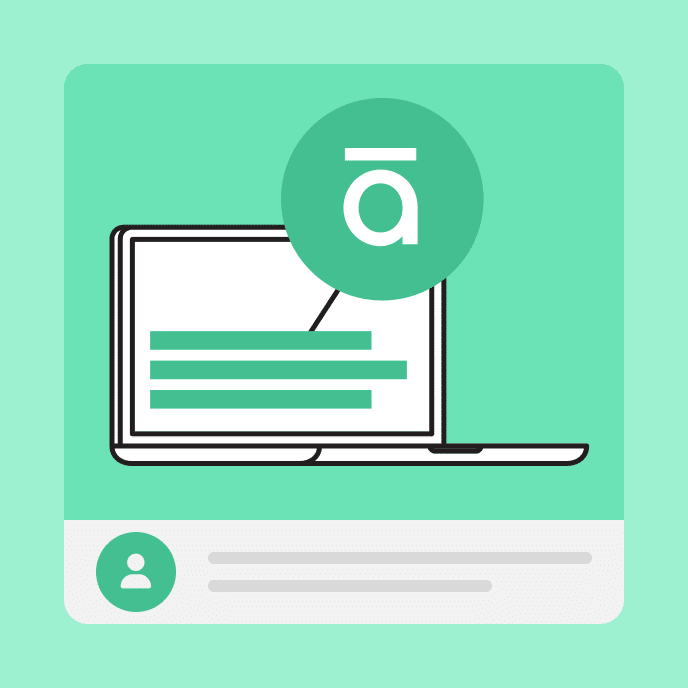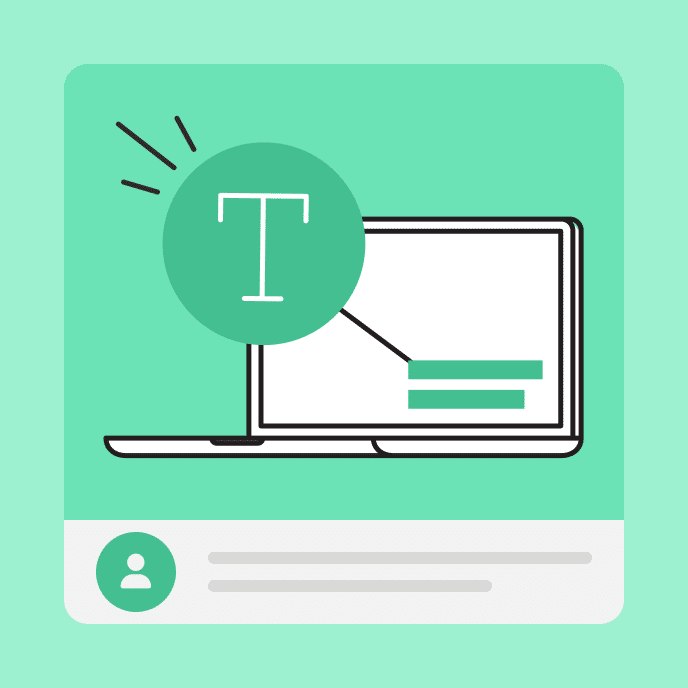How to Train Customers and Keep Them Engaged
Struggling to keep customers engaged with training? Learn expert-backed strategies to get learners motivated, engaged, and primed for success.

The customer training conundrum
We’ve all been there. Even when you love what you do and greet each day with optimism and determination to deliver at the highest possible level, there are times when you’re just not feeling it or when what you’re tasked with is out of your comfort zone or beyond your purview.
This is often the case when we’re asked to learn a new skill or tool that will (ideally) make our job easier. And when we encounter blockers along the way, it’s hard to stay engaged. Frustration creeps in, our eyes glaze over, and we start inching toward our mobile device for an easy distraction.
This is one of the central challenges to effective customer training—how to keep learners engaged throughout the process so that they get the most value from your product and become loyal customers and advocates. In this blog post, we’ll identify some of the biggest obstacles to engagement and explore proven strategies for keeping customers dialed in during their journey.
Key Takeaways
- Common barriers to effective customer training include information overload and irrelevant or one-size-fits-all training.
- Proven engagement strategies for successful customer training include personalization, gamification, and interactive content to keep customers invested.
- Be sure to analyze customer feedback and engagement metrics from your training opportunities to continually refine and optimize your products.
The barriers to a successful customer training program
Lack of training engagement isn’t due to any one particular issue—it’s a combination of factors. When designing and implementing customer training for your product, it’s your job to mitigate these obstacles as best you can. But how?
First, identify what’s preventing customers from maximizing the value they get from training. Below, we’ll cover five of the top barriers to engagement. Then, we’ll discuss best practices to help you overcome them.
Barrier 1: Everyone learns differently
Some people are visual learners, while others learn better through hands-on training. Some prefer to learn independently, while others thrive in group settings. There’s no one-size-fits-all solution to learning, and your customer training strategy should be designed with that in mind.
Barrier 2: Irrelevant training
Just like we all have different learning styles, individual users have different training needs. Generic training modules that offer a broad overview of your product’s features don’t move the needle for customers who need role-specific training.
Barrier 3: Information overload
Learning new skills and tools can be overwhelming. Don’t compound the matter by trying to dump too much information on learners all at once. Yes, new products and tools are often complex and require in-depth training, but the firehose approach rarely leads to effective training.
Barrier 4: Stranding learners on an island
Customer training is often self-guided and self-paced, which has many advantages. It allows learners to move at their own speed and fit training into their busy schedules. But there’s a flip side to this. When customers have questions or encounter technical difficulties, it’s often unclear where they should turn for help, leading to frustration and increased churn.
Barrier 5: Lack of insights
It’s easy to get sidetracked when measuring the overall success of your training program. After all, the big-tent goals, like increasing product adoption and brand loyalty, are key metrics when delivering customer training. What often gets overlooked, however, is how well your content engages learners along the way—and where and why that engagement breaks down.
5 hacks to keep customers engaged during training
Now that we’ve identified the major barriers to engagement, let’s look at five hacks you can use to keep your customers dialed in as they progress through your training.
Hack #1: Offer a range of learning experiences
As discussed, everyone learns differently. By providing a range of learning experiences, your training is more adaptable to different learning styles and more likely to keep customers engaged throughout. Here are some ways to mix up your training offerings:
- Webinars—Live or on-demand sessions let customers learn from experts, ask questions, and chat with peers.
- E-Learning—Lessons and courses with quizzes and other interactive elements help reinforce key concepts.
- Microlearning—Bite-sized learning modules help customers fit training into their busy schedules.
- Gamification—Adding gaming elements is proven to make learning stickier and more rewarding.
- Social learning—Things like Slack channels, community forums, and group classes build community and foster collaboration.
Hack #2: Personalize your training
Training needs differ from person to person within an organization. For example, a sales representative likely doesn’t need the same training modules as a software engineer. An effective customer training program will reflect this reality.
Rather than trying to create training that is all things to all customers, develop customized learning paths tailored to specific roles. Training that is relevant to your role, experience, and goals is more likely to keep you engaged and help you get the most out of the product.
Hack #3: Get to the point
Advances in technology have brought many wonders into our lives. However, one of the unintended side effects has been dramatically lower attention spans. A recent study from Advances in Physiology Education found that an average learner’s attention span is 10 to 15 minutes. That gives you a brief window to get your point across.
You can accomplish this through:
- Images and graphics that add a visual element to make learning more dynamic.
- Early success milestones that help build momentum, such as progress trackers and mini-certifications.
Hack #4: Offer support at every turn
Learning new products can be exciting, especially ones that promise to ramp up efficiency and supercharge your skill set. But when dealing with software upgrades and brand-new interfaces, there are always technical hiccups. That’s why it’s so important to have a strong support system in place. A few key support elements to account for include:
- A dedicated training hub
- Community forums
- A support team
- FAQs
A solid customer training program includes a multifaceted support system built into its infrastructure to make sure learners know what to do when they encounter problems.
Hack #5: Conduct engagement audits
You likely already have metrics in place to gauge your customer training program’s success. But are you actually analyzing the various ways customers interact with your product? Metrics like product adoption can indicate whether training was successful, but they won’t tell you why.
Here are some additional metrics that get into the nitty-gritty of how customers engaged with the training:
- Usage metrics: These let you know where and how often customers engage with training to help spot trends.
- Customer satisfaction surveys: CSAT surveys are an excellent way to get direct feedback on what’s working and what needs tweaking.
- LMS reports: Regular reports can identify engagement patterns and reveal areas for improvement.
The bottom line
There are many obstacles to creating a successful customer training program. Whether it’s lack of personalization, information overload, or insufficient support, these issues can significantly reduce your training’s impact and cause your product adoption rates to plummet. But when you know the strategies for making training accessible, interactive, and relevant, you keep customers invested and set them up for long-term success.
To learn more about customer training and why it’s the key to your product’s success, check out our e-book: The Customer Training Advantage: Unlocking Growth and Engagement.
You may also like

A Training Guide to Customer Onboarding
From first impressions to long-term loyalty, discover how smart onboarding creates customer experiences that actually stick.

